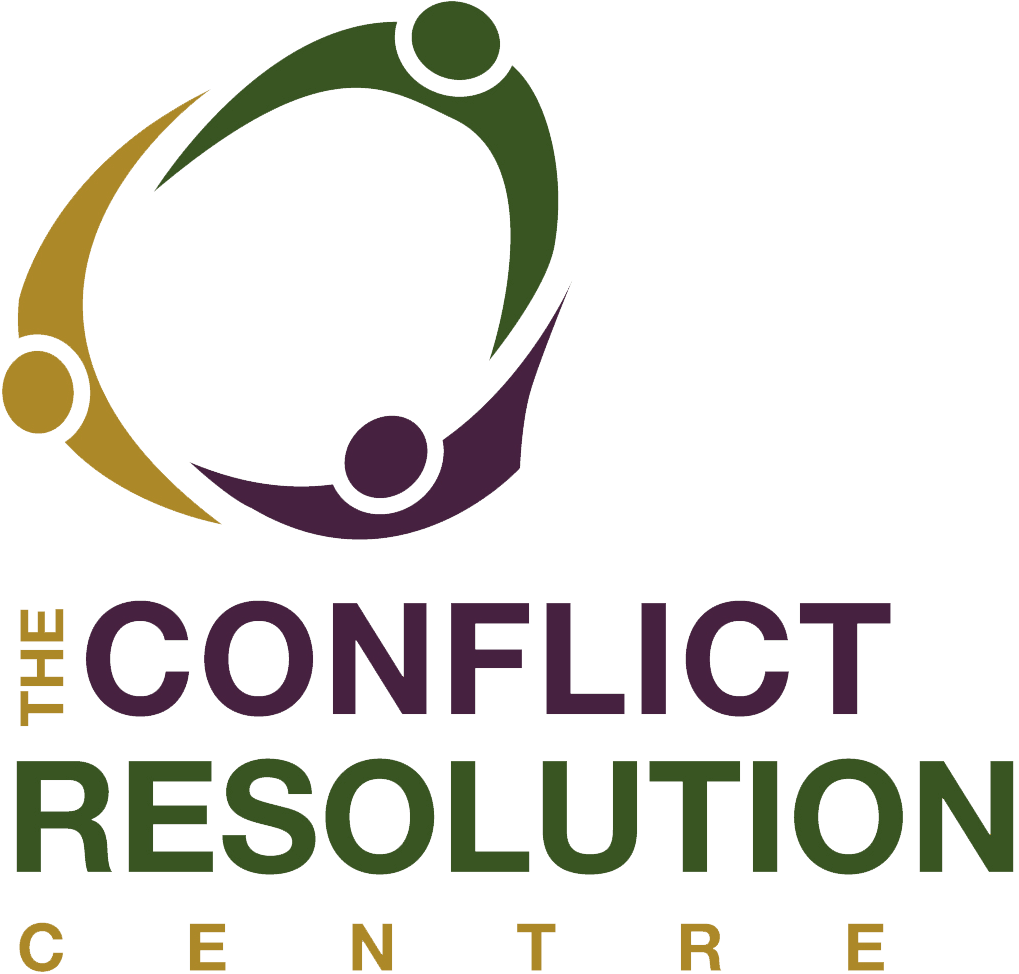Conflict Resolution is an Essential Management Tool but..
..very few, if any of us have formally learnt how to do it. Many of us are quite naturally good at managing conflict. Often we “wing it” and do so quite effectively but when it goes wrong it can be devastating. These tips aim to help managers ensure that workplace conflict does not spiral out of hand. A guiding principle within these tips is to avoid alienation and find a way to help the parties find their own solution. When a party is alienated they are less likely to engage in being part of the solution. Consequently they will often feel that the solution is unfair. Where we manage individuals to find their own solution, they are more likely to own it, learn from it and feel empowered through it.
1. Don’t panic, conflict is a normal part of a creative workplace
Our first impulse in a conflict situation that directly or indirectly affects us is often fight or flight. On the surface conflict can be a threat to our livelihood whether it directly affects us or whether we are managing it. As managers, we don’t want to be associated with “the wrong” side. At the same time it is often difficult to for us to really know who or what the right side is. Panic can cause us to retreat into ourselves. Alternatively we tend to point the finger too quickly or attack. Often these responses serve to help us totally avoid the situation or provide a “robust” response. Effective conflict resolution generally requires clear and strategic thinking. This can’t happen if we are engaged in our own fears. Rather, to manage conflict we first need to find a way to quieten our own anxieties. This gives us the headspace to listen and ask open questions that help us better understand the situation.
2. Focus on what the parties want and need
When we are in a conflict situation, our first impulse is to prove ourselves right. This is the case even though we know logically that being right rarely equals being happy. Managers can be put in a situation in which they are being asked to favour one side over an other. If they do this, however, it generally results in one or both employees becoming unhappy or disengaged. It also means that the key issue not being addressed. By focusing on what the parties want and need, the manager help the parties see the bigger picture. Crucially this then enables the manager to find areas for agreement and common ground. Continuing to ask each party individually “what do you want” can get to the nub of the issue bothering that party. It also starts to provide a road-map for a solution.
3. Be even handed in word and in deed
Fairness is often very much in the eye of the beholder. It is very easy for us to perceive that we are being treated unfairly. If we are nervous that this might happen we often gather “evidence” to show that it is happening. For example a manager or HR professional may intend to treat both parties equally. But if they spend more time with one party than the other, this can seem to show partiality. Equally, asking the parties different questions in a joint session can be read as partiality. One party may feel that their questions were unfair. A way of dealing with this is to mirror the questions being asked of the parties so they are asked similar things. Also you can tell the parties that sometimes you may seem, for example, to spend more time with one than another. If you explain that this is in order to get to the bottom of the matter and help everyone get what they want, it creates less suspicion.
4. Restrain the impulse to fix the situation
Resolution of the conflict is generally a process. As managers, we try to speed the process up by trying to fix other peoples’ conflicts with a solution of our making. However, the solution thought up by the party with the problem is likely to be most effective because they know what is workable for them and what is not. Instead, managers can help the parties to get clear about what their choices are and then make a decision about which one to take. Most of us have an answer to the majority of our challenges if we really look for it. We are also less likely to take ownership of a solution that we have not had some part in creating. At the same time, individuals may seem to look to managers to fix the situation. So, the manager needs to push the request from the parties to fix the situation back to the parties. This is a two staged process. First the manager reflects back the parties disempowerment and consequent desire for a solution. Then the manager needs to continue to question how that might be achieved. In doing so, the manager continually reminds the parties of what they want and of their inate ability to find a solution
5. Know your limits
The more we become involved in a conflict the more we feel threatened by it. Our responses can become coloured and despite all our best intentions we can make the situation worse. We often feel very quickly out of our depth when we try to resolve conflict. A few hints and tips from a colleague, mentor or coach can easily bring us back on track to regulate our own behaviour or management style. This will be an essential part of the resolution process. As the conflict escalates, the process of resolution may be harder to manage and at that point it is critical to bring in outside help. A seasoned mediator can either coach the manager to support the parties to resolve the dispute or indeed provide direct support. If you want to know more about how to put these tools into practice, my book, The 7 Principles of Conflict Resolution is available for pre-order now with lots of tips and tricks to make managing conflict more productive. Equally if you want to understand how to put these tools into practice, come to my Masterclass in Difficult Conversations or Contact Us.

